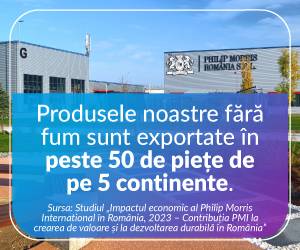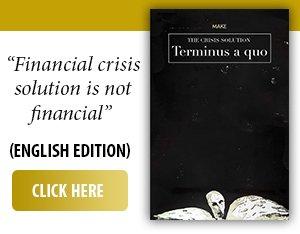Oil and products made from this raw material represent, on average, 30% of global merchandise exports, valued at 1.5 trillion dollars annually, according to a visualcapitalist.com analysis.
The study made an annual estimate of these exports based on the data from 2019-2021 included in The State of Commodity Dependence 2023, a report published by the UN Trade & Development (UNCTAD).
According to the quoted source, in the more than 5 trillion dollars - the global exports of goods - the second largest share is those of vegetable and forestry products, respectively 1.2 trillion dollars. Base metals and other minerals follow, with 758 billion dollars; precious stones and metals, with 647 billion dollars; natural gas, coal and electricity, with $454 billion; animal products, with $446 billion, and others -$319 billion.
As can be seen from the figures above, if, in addition to oil and oil products, the exports of natural gas, electricity and coal are also taken into account, the energy sector contributes 40% to the annual value of the global export of goods (about two trillion dollars ). Agricultural exports total $1.9 trillion, ranking second, and are higher in value than mineral exports, totaling $1.4 trillion. The minerals sector is divided between exports of base metals (such as copper, iron and aluminum) and precious metals and stones (gold, silver, diamonds).
In agriculture, crops and forestry have the majority share, worth 1.2 trillion dollars. This category of exports includes everything from the mentioned sectors - from wheat to wood, according to the cited source.
The analysis does not illustrate how international trade in goods tends to be concentrated in only a few countries (on the export side). But, the mentioned source mentions, for example, that a quarter of all copper produced in 2023 came from Chile.
However, some of these major resource exporters have a significant dependence on commodities. In addition, many of the exporters are low- or middle-income countries, and when international prices of exported goods fall, the likelihood of financial crises and cuts in public spending increases, further strengthening the economic challenges in these regions, concludes the cited analysis.
• China - the largest extractor of domestic raw materials
Data from the United Nations Environment Program (UNEP), taken over by Statista, show that, in 2023, China was the largest extractor of domestic raw materials in the world. The Asian country extracted a total of 34.2 billion tons of raw materials, namely biomass, fossil fuels, metallic ores and non-metallic minerals. This amount is more than four times that of either of the next two largest extractive countries: India (8.03 billion tons) and the United States (7.98 billion tons). India has overtaken the United States for the first time to become the second largest raw material extractor in 2023.
Followed by Brazil, with 5 billion tons, Russia, with 3.1 billion tons, Australia and Indonesia, each with 2.7 billion tons, Canada - with 2.6 billion tons.
Worldwide, a total of 104.1 billion tons of biomass, fossil fuels, metallic ores and non-metallic minerals were extracted in 2023, up from 96.5 billion tons in 2020, according to the cited source. Asia and the Pacific accounted for the largest share, with 56.9 billion tonnes of materials (about 55% of the world total), followed by Latin America and the Caribbean with 11.2 billion tonnes (11%), North America , with 10.6 billion tons (10%), Europe - with 9.2 billion tons (9%), Africa - with 8.2 billion tons (8%), West Asia - with 5.3 billion of tons (5%), Eastern Europe and Central Asia - with 2.9 billion tons (3%).


























































